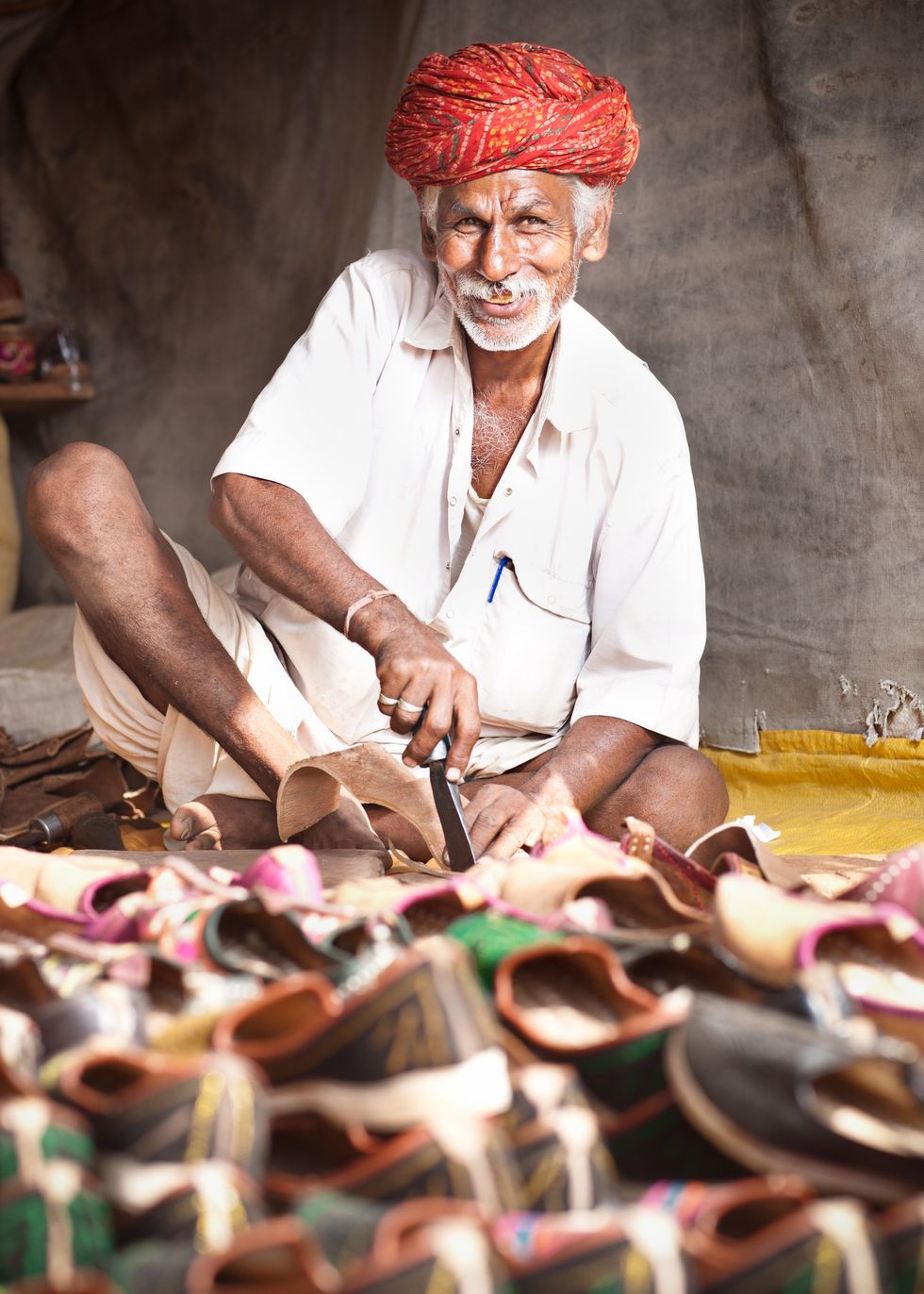By Amit Roy
ENGLAND and Yorkshire legend Sir Geoffrey Boycott is selling off part of his cricket memorabilia, including a bat inscribed, “Used by me on 11th Aug 1977 at Headingley, Leeds England v Australia when I scored my 100th century”.
It reads on: “Eventually I was out for 191 with this bat.”
The same bat was “used by me to score my 99th century in First Class cricket at Edgbaston Yorkshire v Warwickshire 6th & 8th Aug 1977”.
Christie’s is auctioning 130 lots in an online auction of The Sir Geoffrey Boycott Collection, with people able to place bids until November 16 before the winner is announced.
Boycott, sometimes affectionately teased by colleagues as “the greatest living Yorkshireman”, has always been conscious of his cricketing heritage, as he frequently made clear to the BBC’s cricket correspondent Jonathan Agnew during their banter on Radio 4’s Test Match Special.
As to why he is getting rid of his treasures at the age of 80, he offered a simple answer – over the years he has accumulated too much stuff and now finds he does not have enough room to display everything.
As for the bat to which so much history is attached, Boycott said: “It’s been with Yorkshire County Cricket Club in their museum, but the club has so little space under the Members’ Pavilion.
“The museum is only open on match days so very few people see it.”
He explained: “I haven’t room to show it off and since I moved from Jersey to Boston Spa, it’s been up in the attic, boxed up with nobody to see, which is a real shame.”
With what some would say was uncharacteristic modesty, he added: “I’m not famous enough or important enough to make a museum so therefore it’s best if it goes to cricket lovers and supporters around the world. If it goes to people who can enjoy it, that’s great for me.”
The head of sales at Christie’s, Dominic Thurlow-Wood, said Boycott’s memorabilia “chronicles the fascinating history of Yorkshire and England cricket. When Sir Geoffrey opened the door to the attic, where these items were stored, I knew immediately that this was going to be something special.”
As a batsman, Boycott punished Indian and Pakistani bowlers. But as a commentator, he was never less than fair and applauded Indian and Pakistani cricketing talent. So fans in the subcontinent and across the diaspora, who sometimes try to copy his Yorkshire accent, may be especially interested in a few items.
One is the bat with which he scored a record 246 against India in the first Test at Headingley in June 1967, a game England that won by 6 wickets. This has a price estimate of £2,000-£3,000.
After England’s victory, he grabbed a stump, which players are allowed to do. This is offered for between £400 and £600.
As a gesture of friendship, players often gift each other personal items. The former Pakistan captain, Intikhab Alam, offered a cap to Boycott, which now goes on sale for between £500 and £800.
When Pakistan toured England in the summer of 1971, Boycott scored consecutive Test centuries.
He made 121 not out in the drawn second Test at Lords and followed this up with 112 in the third Test at Headingley, which England won by 25 runs.
A stump he took after the Headingley game has a price estimate of between £300 and £500.
One of Boycott’s greatest admirers has been former prime minister Theresa May, who knighted him in her resignation honours last year for “for services to sport”.
It will be recalled that May invoked the dogged Boycott spirit when she was trying to stick around as prime minister and see the Brexit process through in the face of hostile political bouncers from Boris Johnson, who was then trying to unseat her from the job he wanted.
“Can I just say that you might recall from previous comments I have made about cricket that one of my heroes was always Geoffrey Boycott,” May said in one live broadcast from 10, Downing Street.
“And what did you know about Geoffrey Boycott? He stuck to it and got the runs in the end,” she added.
May also appeared on LBC, a London talk radio station, and explained why she admired Boycott: “The thing about Geoff Boycott is he was absolutely steady. He kept there at the crease, he carried on and relentlessly went about his goal, and I think that’s important.”
Boycott scored 8,114 runs in 108 Tests, with 22 centuries and an average of 47.22. Given his experience, he has not taken kindly to being dropped by the BBC as a commentator after 14 years, allegedly for health reasons.
He appeared to have the former England women’s pace bowler and now the BBC’s star presenter Isa Guha in mind when he remarked recently: “They have sacrificed quality for equality.
“It is now all about political correctness, about gender and race. When you work for them you are wary and frightened of saying anything. It is a minefield out there and that is sad.”
At the same time as the sale of Boycott’s memorabilia, Christie’s is also holding “a second, not-for-profit auction called Twenty20, featuring items donated by leading players from around the world to support cricket-related charities.
The auction will raise funds in aid of the Foundation of Goodness, Shahid Afridi Foundation, Lord’s Taverners, Jacques Kallis Scholarship Trust and many others.”
Sri Lanka’s Muttiah Muralitharan has donated the white ball with which he took the wicket of India’s Gautam Gambhir on February 5, 2009, in Colombo.
Among the other items set to go under the hammer is the bat used by Mushfiqur Rahim of Bangladesh to score an unbeaten 203 against Zimbabwe in February this year; a cap worn by Boycott; two shirts from Mahela Jayawardene of Sri Lanka and one worn by Pakistan’s Shahid Afridi.















 Prada confirms Kolhapuri chappals inspired its 2026 Milan collectionInstagram/
Prada confirms Kolhapuri chappals inspired its 2026 Milan collectionInstagram/ Kolhapuri chappals have been crafted for centuries and received GI tag in 2019 iStock
Kolhapuri chappals have been crafted for centuries and received GI tag in 2019 iStock 
 Shefali Jariwala dies at 42 after cardiac arrest, industry mourns Kaanta Laga starInstagram/
Shefali Jariwala dies at 42 after cardiac arrest, industry mourns Kaanta Laga starInstagram/ Shefali Jariwala was married to actor Parag Tyagi,Instagram/
Shefali Jariwala was married to actor Parag Tyagi,Instagram/